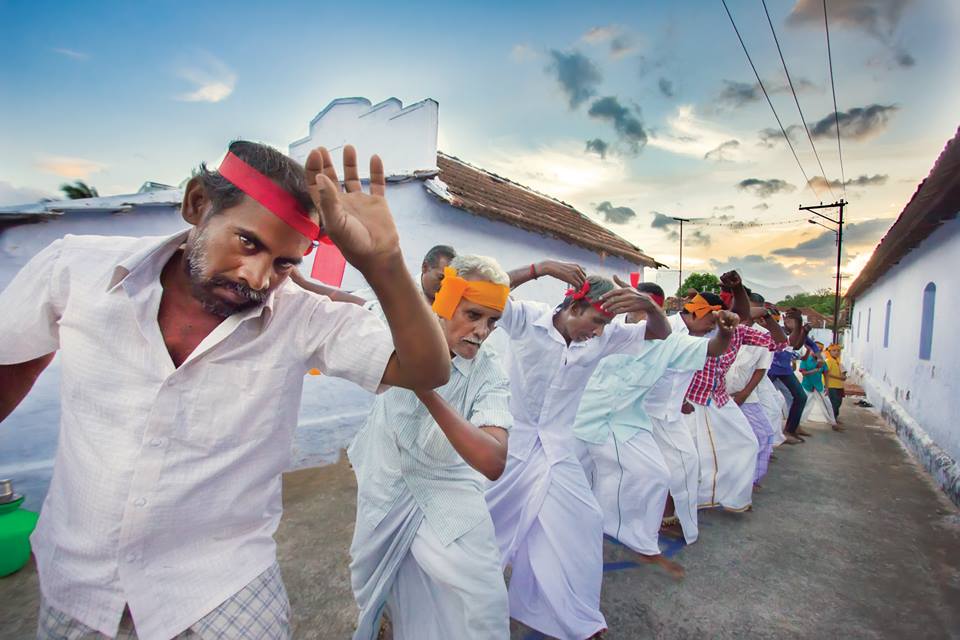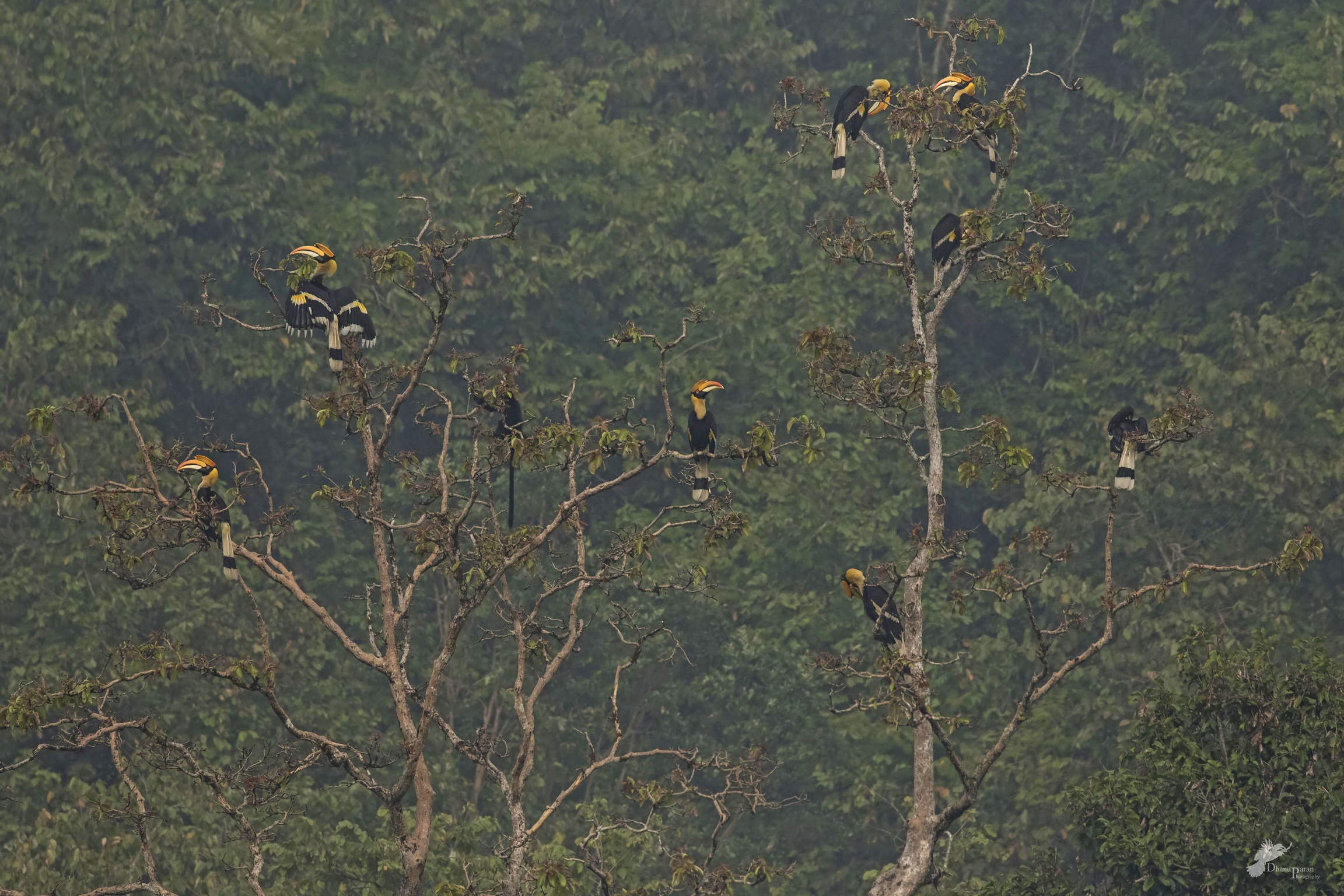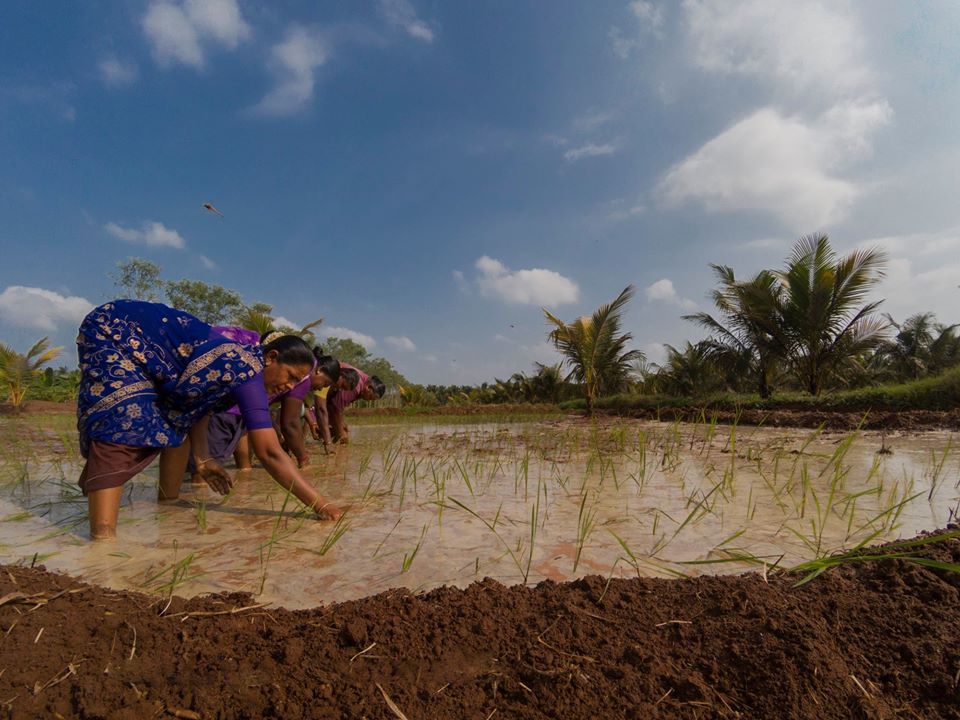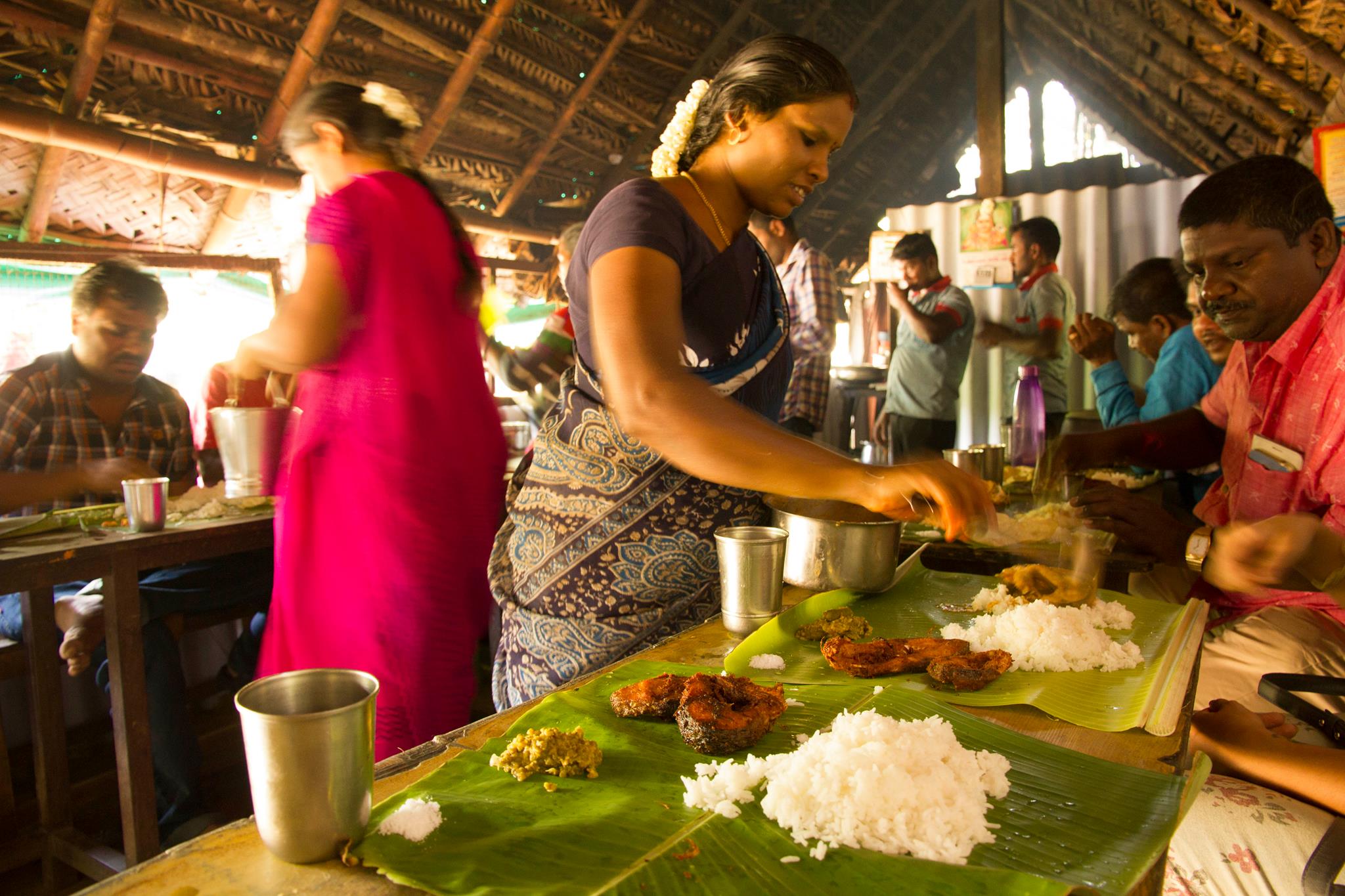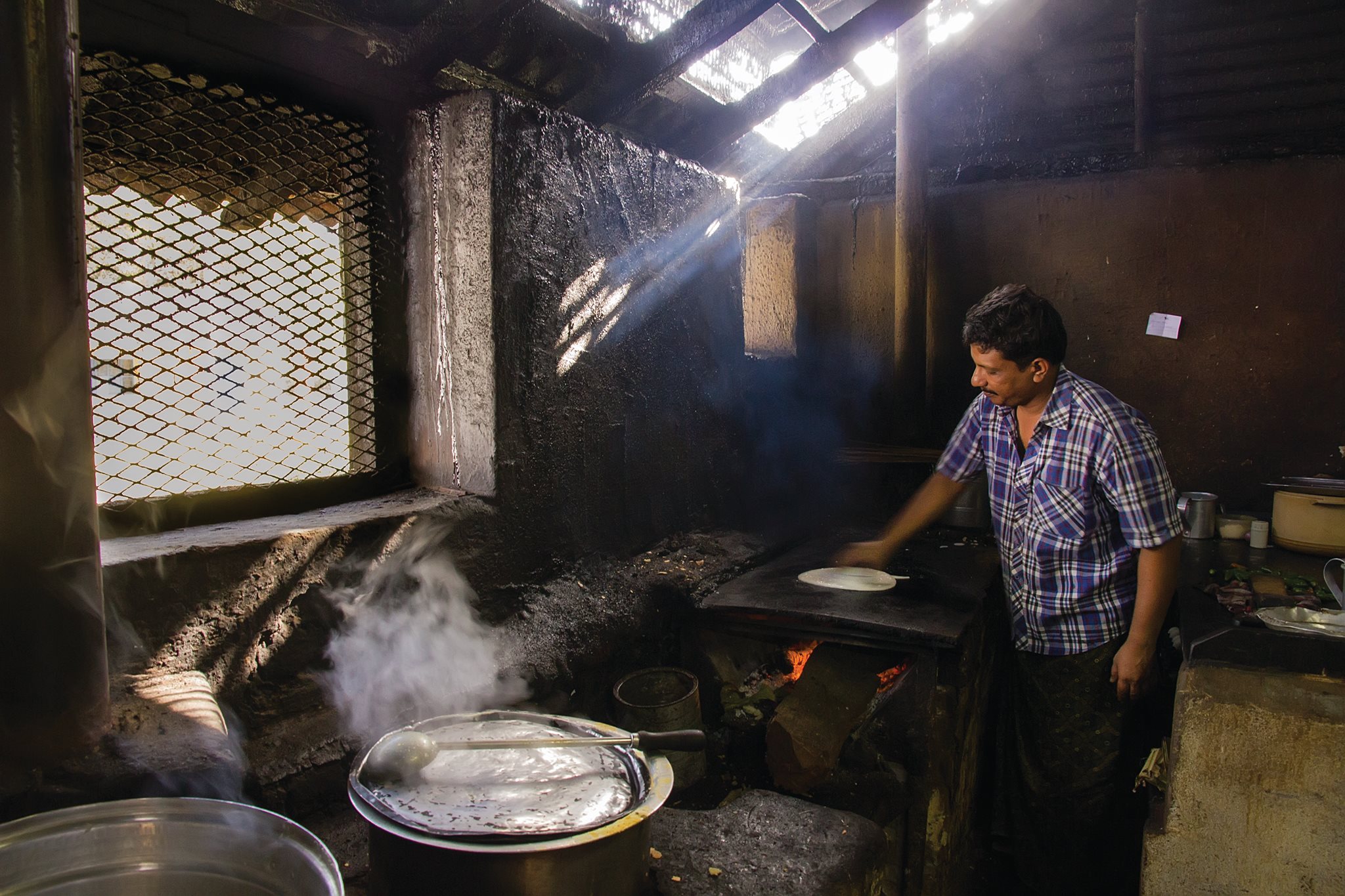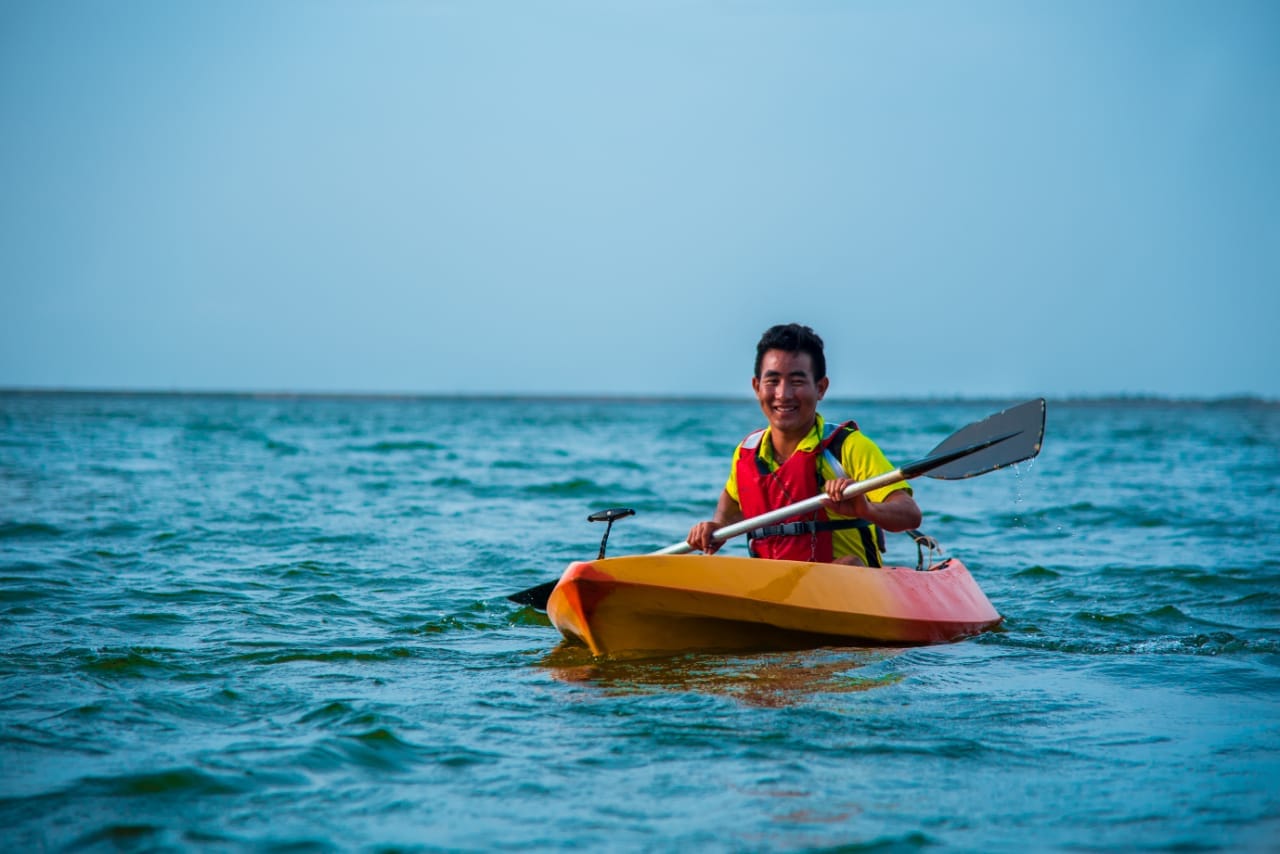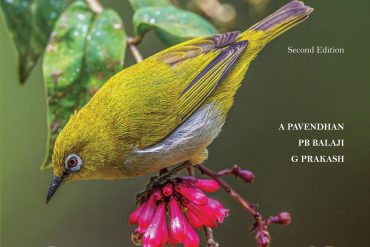The sky splits open at the sound of their claps – dense clouds that posed a somber mood, now parted like the curtains of an auditorium to allow rays of light to touch upon the ground. Dust rose from the earth as their feet tapped and moved in perfect unison with the rhythm of one’s heartbeat. It seemed like even the Gods were on our side that day, painting the perfect scene for a kummipaatu performance by vaathiyar V.S. Balasubramaniam and his troupe of dancers.
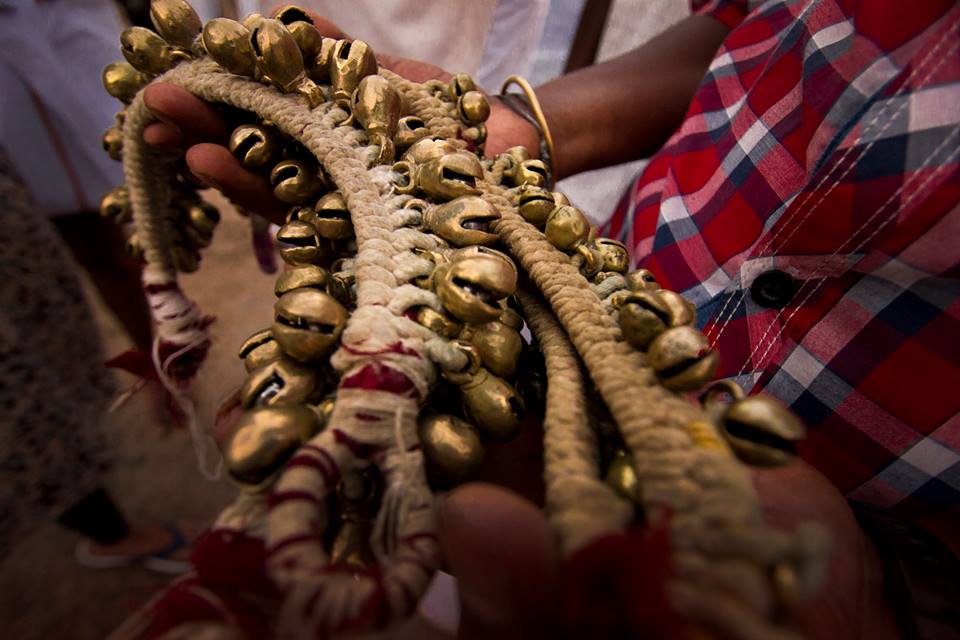
As the chime of the salangai (ankle bells) accompanied his booming voice, an audience trickled in like ants in search of sugar, to witness the performance. You see, this is what kalai, or art does to people – it washes away the dullness of everyday life from the soul.
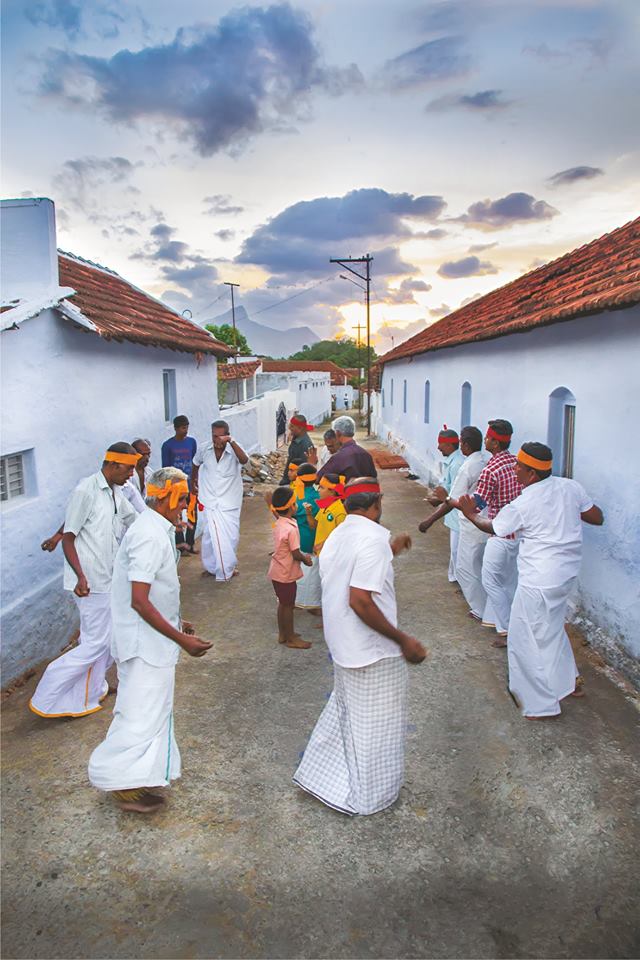
Folk dances, as native art forms have existed since time unknown to man. They were respected and revered as equal to God, for they had the power to unite mankind and were a way of representing the cultural ethos of a region. They educated the common man about myths and legends, religion and culture – most importantly about how to lead a content life, through song and dance. They instilled a sense of discipline and dedication in the performers, who burst out into a dance upon any occasion of celebration – the birth of an infant, the harvest season or a festival – indicating a new lease of life. But as technology crept in like a silent thief into our lands, people neglected these art forms and opted for ‘in-house’ entertainment. Televisions and radio sets replaced singers and dancers. Culture and identities were lost.
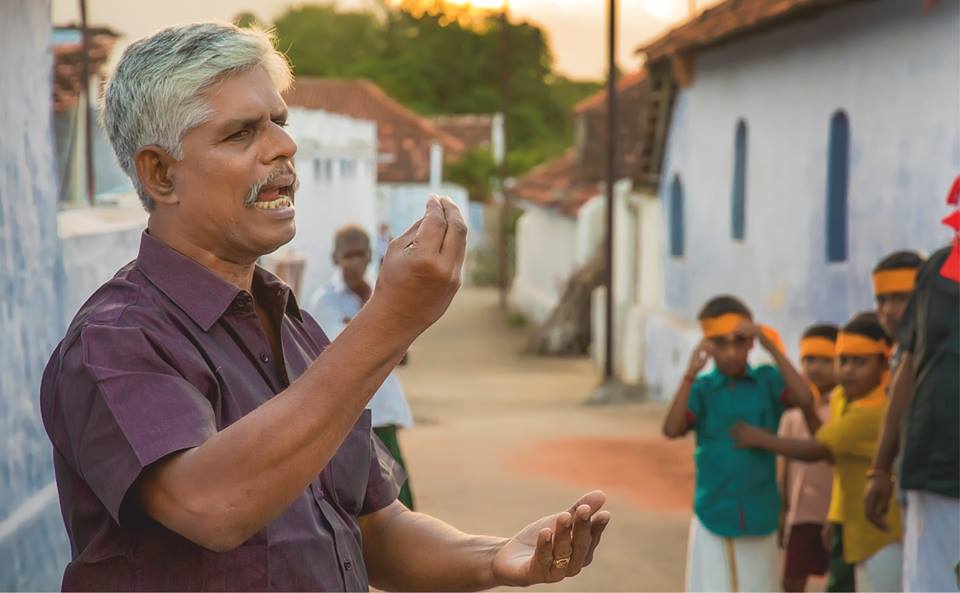
But one man and his efforts to sustain kummipaatu, echo through the streets of Vettaikaranpudur. Having trained under legendary dancers since he was 18, the now 60-something-old Balasubramaniam, trains nearly 50 performers of all ages – men, teenagers and children. Kummipaatu came to be known so because of the Tamil word kommai, meaning to dance along with the clapping of the hands. While there are various forms, the one practiced in Vettaikaranpudur is known as Valliamman kummi.
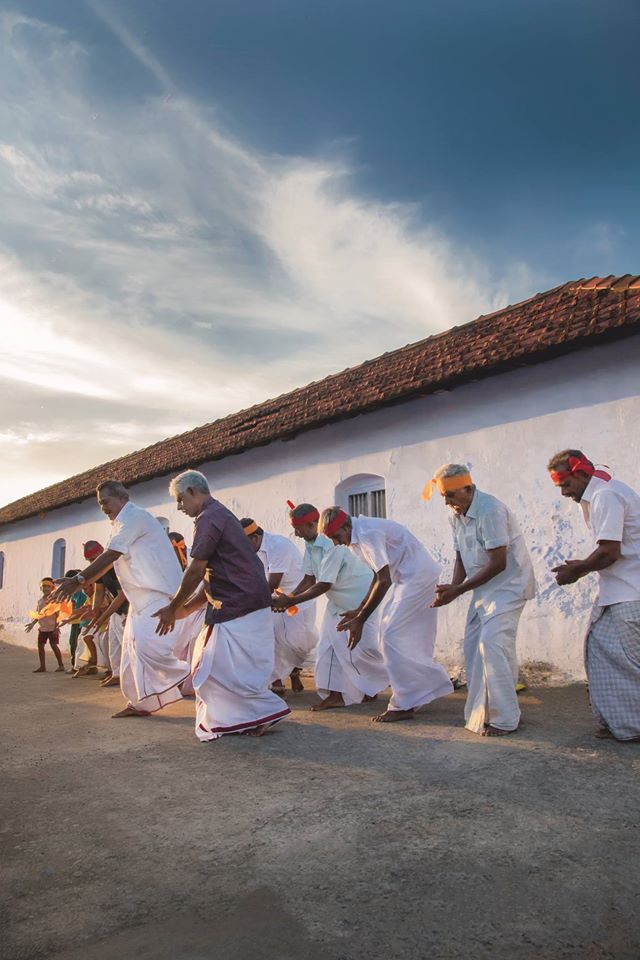
“My teacher once said that there are 32 acts as part of this dance, but right now we only perform 23,” he explains. The steps consist of graceful movements that resemble the dancing of a peacock as it longingly awaits the first raindrops to fall on the ground – thus is called Oyilattam. Each kuzhu (group) has a different set of songs to which they dance, but ours is based on the lives of Lord Murugan and his consort Valli. Our performance starts with a prayer to Lord Ganesha followed by a Murugarthuthi. After paying our respects to the teacher and audience,we sing a vrittham (couplets) which sets the rhythm of the dance while the songs that follow, form the melody. If all the 24 acts of kummi were to be performed, it would take two hours each day for three days!
The men are dressed rather simply, in a white veshti and clean shirt, with bells around their feet. It is astonishing to see the energy and enthusiasm these performers possess while dancing, despite gathering after a hard day’s work. “Even if it is 10.30 pm, the moment one of us hears the sound of bells or a clap, we immediately congregate,” says Thangavel, one of the elders in the team. Nights not only make it cooler to dance but also ensure their day-to-day activities aren’t disturbed.
“Kummipaatu was a craze for those of my generation – I think all of us were gifted to be dancers. I wish children these days would take performing arts more seriously because the benefits are tenfold.” He says with a certain sense of pride in his voice that dancers who are 75 years of age and above today are still hale and healthy because kummipaatu is a great form of exercise for the mind and body.
“Many members in our troupe have even survived grave accidents and near-death situations, for singing praises in the Lord’s name is our form of worship,” says Kannan, an auto driver by day and a performer by dusk. He adds ,“There may be differences of opinion or even enmity among us in the kuzhu, but dance unites us the instant we start performing and all the negativity vanishes.”
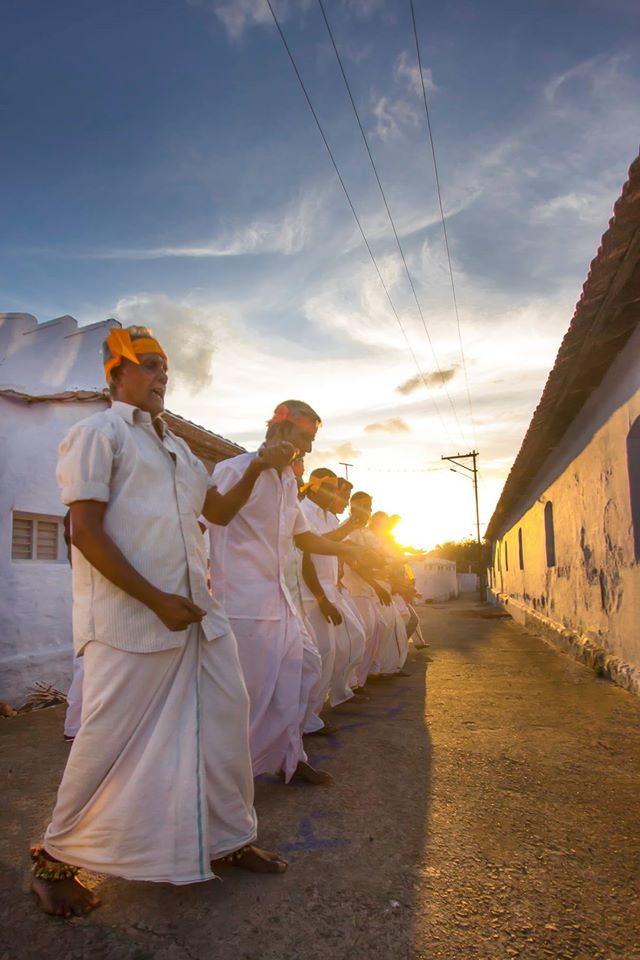
23 acts so rich in history, culture, verses, music, rhythm and meaning have been instrumental in giving Pollachi an identity. Today, it is increasingly becoming a hotspot for travellers who come seeking a cultural immersion – establishing the fact that art doesn’t need a village to survive, but villages are in need of art to thrive.
To witness Valliamman kummi come alive through Balasubramaniam and his kuzhu, gather during the Margazhi festival, at Vettaikaranpudur. They will be performing on all days until Thaipoosam that falls roughly a week after the festival of Pongal.

